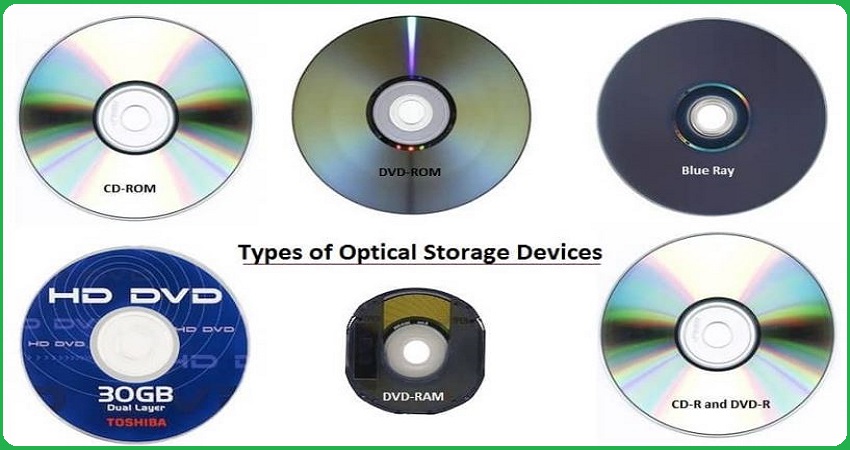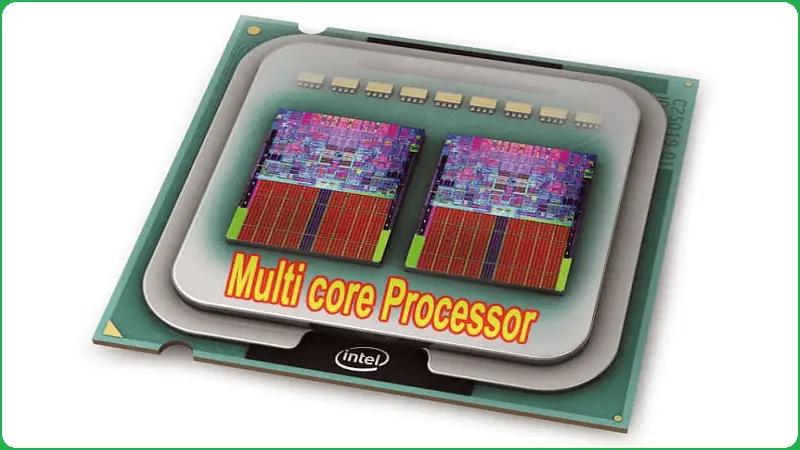What is Optical Storage?
Definition: Optical storage is also known as “Optical Media” or “Optical Memory” or “Optical Medium“. And it allows all read and write activities which performed by laser beam.
In Optical Memory, all recording information keep storing at an optical disk. As per the opinions of data scientist that compact space is most useful for huge data storage. Their big advantages are not more costly, light weight, and easy to transport because it is removable device unlike hard drive.
Why to Use Optical Storage?
In the optical storage devices, all data get save like as patterns of dots which can easily read with using of LIGHT. Laser Beam uses like as “Light Source”.
The data is read while bouncing laser beam on the surface of storage medium. Laser beam creates the all Dots while reading process, but it uses with high power mode to mark the surface of storage device, and make a dot. This entire process is also called the “Burning” data onto Disc.
Examples of Optical Storage Devices
Here, we spread light on several examples of optical memory and media or you can also say optical medium of storage examples; below mentioned all:
Also Read: Magnetic Storage Devices with its Examples and Types

Types of Optical Storage Devices
There are various different types of optical storage devices and media; here we will explain each one in detail:
CD-ROM
CD-ROM stands for “Compact Disc Read Only Memory”, and CD-ROM comes in the “Random Access” category’s devices. These types of disc can capable to store almost 800 MB of digital data. These data can’t discard by mistaken.
DVD-ROM
DVD-ROM stands for “Digital Versatile Disc – Read Only Memory”, and it also comes in the “Random Access” category’s devices. This DVD-ROM discs can store data up to 4.7 GB, but Dual Layer DVD device’s storage capacity is double. These types of disc are using to store ultra quality video.
Blue Ray
Blue Ray discs totally replaced by DVDs, because these discs are capable to hold data up to 25-50 GB, as well as double layer Blue Rays discs can store double data. Due to high storage capacity, Blue Ray discs are going to use to store HD (High Definition) videos.
HD DVD
HD DVD stands for “High Density DVD”, and these devices are capable to store data up to 15 GB (Dual Layer HD DVDS have storage capacity double). High-Density DVD discs are also using to hold HD Videos.
DVD-RAM
DVD-RAM stands for “DVD-Random Access Memory”, and it is able to Re-Write data. These DVD-RAMs are available in market like as floppy-disc style case. These types of discs have storage capacity of data similar to DVD (up to 4.7 GB).
DVD-RAM devices use in several Camcorders such as “Video Recording Cameras”, and it can also use for data back-up and archiving.
Recordable Optical Devices
There are two types of discs such as “CD-R and DVD-R” and “CD-RW and DVD-RW”.
CD-R & DVD-R
Full form of (CD-R & DVD-R) is “CD-Recordable and DVD Recordable”, and they are able to burn data on to them, but not easy to delete data. Users can add any type of data, but they can’t discard added data or re-use fully disc.
CD-RW & DVD-RW
CD-RW & DVD-RW stands for “CD-Re Writable and DVD-Re Writable”, and they are capable to burn data similar (CD-R and DVD-R) onto them. Users can also delete and Re-Used data.
Optical Storage Advantages and Disadvantages
Here, we will discuss about various benefits and drawbacks of optical storage memory and media.
Also Read: Flash Memory with its Types, Examples, and Devices
Advantages of Optical Storage
- It is capable to store vast amount of data.
- Affordable price
- It can be recycled (Re-used).
- It has ultra data stability.
- Countable/uncountable storage units
- Best Durability, Transport-ability, and archiving.
Disadvantages of Optical Storage
- Some traditional PCs are not able to read these disks.
- It is getting trouble while recycling.



